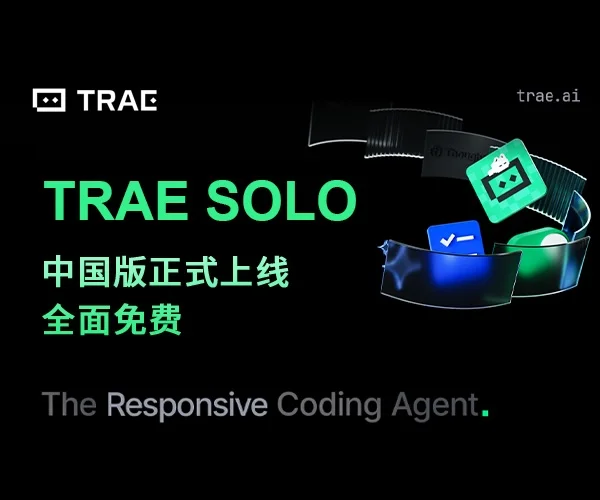android系统中使用ksoap2-android客户端库操作Asp.net WebService
在java中使用的PC版WebService客户端库非常丰富,例如,Axis2、CXF等,但这些开发包对于android来说过于庞大,也未必很容易移植到android上。适合手机的WebService客户端SDK也有一些。本例使用了比较常用的KSOAP2。读者可以从如下的地址下载Android版的KSOAP2。
http://code.google.com/p/ksoap2-android/wiki/HowToUse?tm=2
将下载下来的包引用到android项目后就可以使用了,在引用jar包后可能会抛出警告"warning: Ignoring InnerClasses attribute for an anonymous inner class that doesn't come with an associated EnclosingMethod attribute. (This class was probably produced by a broken compiler.)”,在网上搜索了一下,这可能是因为版本的问题,但是不影响使用。好了废话不多说,直接上代码。
服务器端的webservice文件Demo.asmx
<%@ WebService Language="C#" Class="Demo" %>
using System;
using System.Web;
using System.Web.Services;
using System.Web.Services.Protocols;
[WebService(Namespace = "http://tempuri.org/")]
[WebServiceBinding(ConformsTo = WsiProfiles.BasicProfile1_1)]
//若要允许使用 ASP.NET AJAX 从脚本中调用此 Web 服务,请取消对下行的注释。
// [System.Web.Script.Services.ScriptService]
public class Demo : System.Web.Services.WebService {
[WebMethod]
public string HelloWorld() {
return "Hello World";
}
[WebMethod]
public string Add(int x, int y) {
int z = x + y;
return z.ToString();
}
}
下面就是我测试用的手机端的代码了,首先来看我们的xml布局文件 demo.xml
<?xml version="1.0" encoding="utf-8"?>
<LinearLayout
xmlns:android="http://schemas.android.com/apk/res/android"
android:layout_width="fill_parent"
android:layout_height="fill_parent"
android:orientation="vertical">
<TextView android:id="@+id/tv"
android:layout_width="fill_parent"
android:layout_height="wrap_content"
android:padding="10dip">
</TextView>
</LinearLayout>
Demo.java,在下面的代码中,如果你的WebService方法没有参数,可以把step2省略掉。
package com.studio.basf.android;
import org.ksoap2.SoapEnvelope;
import org.ksoap2.serialization.SoapObject;
import org.ksoap2.serialization.SoapPrimitive;
import org.ksoap2.serialization.SoapSerializationEnvelope;
import org.ksoap2.transport.HttpTransportSE;
import android.app.Activity;
import android.os.Bundle;
import android.widget.TextView;
public class Demo extends Activity {
private String NameSpace = "http://tempuri.org/";
private String MethodName = "Add";
private String url = "http://192.168.1.93/services/Demo.asmx";
private String soapAction = NameSpace + MethodName;
private TextView tv;
@Override
protected void onCreate(Bundle savedInstanceState) {
// TODO Auto-generated method stub
super.onCreate(savedInstanceState);
setContentView(R.layout.demo);
tv = (TextView) findViewById(R.id.tv);
tv.setText(ws());
}
public String ws() {
String result = "";
try {
//step1 指定WebService的命名空间和调用的方法名
SoapObject request = new SoapObject(NameSpace, MethodName);
//step2 设置调用方法的参数值,这里的参数名称最好和WebService一致
request.addProperty("x", 5);
request.addProperty("y", 6);
//step3 生成调用WebService方法的SOAP请求信息,并指定SOAP的版本
SoapSerializationEnvelope envelope = new SoapSerializationEnvelope(
SoapEnvelope.VER11);
//设置是否调用的是dotNet下的WebService
envelope.dotNet = true;
//必须,等价于envelope.bodyOut = request;
envelope.setOutputSoapObject(request);
//step4 创建HttpTransportSE对象
HttpTransportSE ht = new HttpTransportSE(url);
//step5 调用WebService
ht.call(soapAction, envelope);
//step6 使用getResponse方法获得WebService方法的返回结果
if(envelope.getResponse()!=null){
SoapPrimitive response = (SoapPrimitive) envelope.getResponse();
result = response.toString();
}
} catch (Exception e) {
result = e.getMessage();
}
return result;
}
}
运行结果如下



 浙公网安备 33010602011771号
浙公网安备 33010602011771号